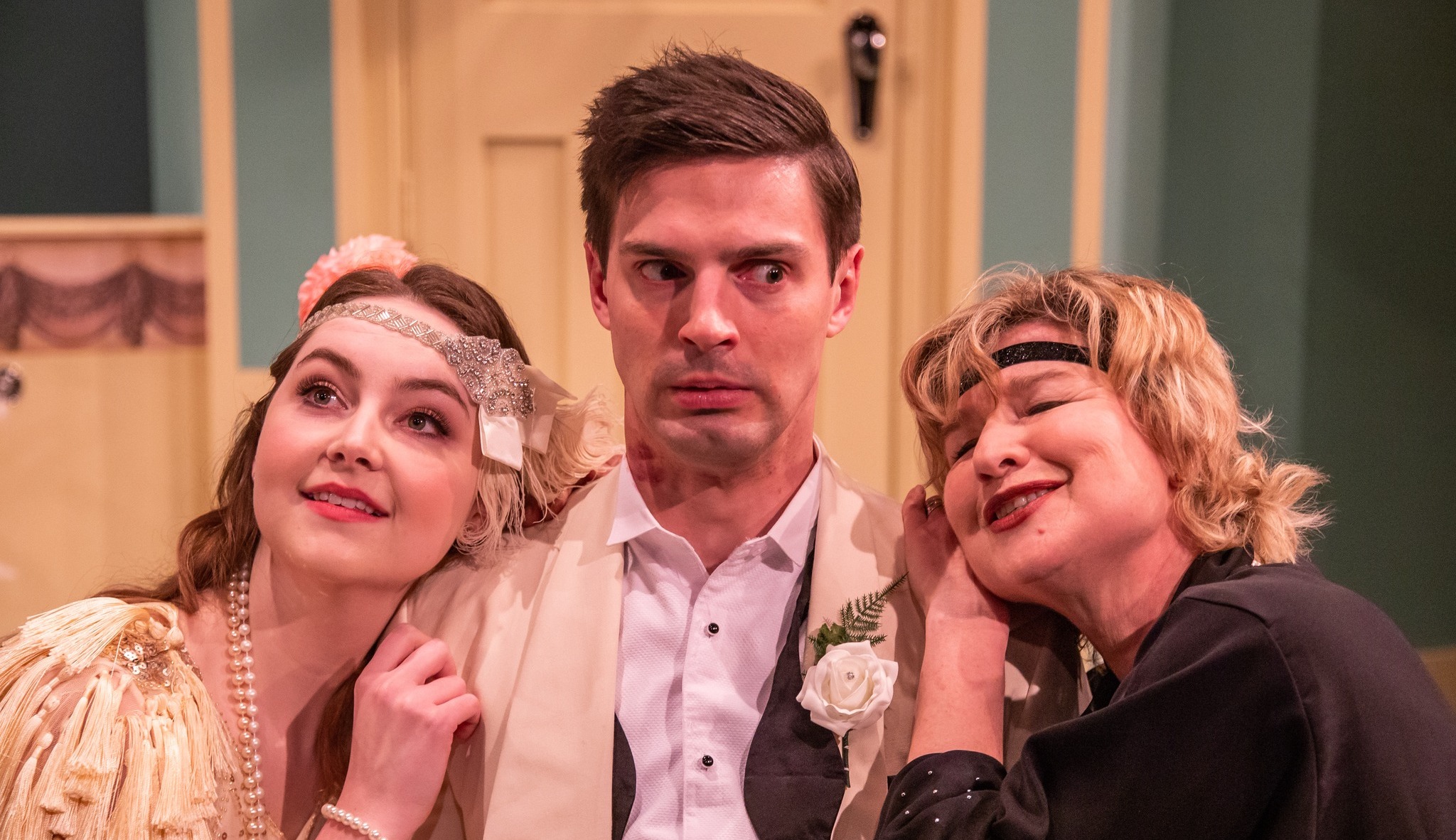There was a golden age of American musicals after the Second World War when titles like Oklahoma (1943), Carousel (1945), South Pacific (1949), Guys and Dolls (1950), King and I (1951), Paint Your Wagon (1951) and My Fair lady (1956) were first staged but seventy years later the relationship between the male characters and female co-stars can feel dated and uncomfortable while their scores still soar with some of the very best musical theatre tunes. The story of Gypsy (1959) presents a challenge too with the coercive mother, Rose, bullying her daughters into performing in a desperate desire to fulfil her own need for stardom. Producers and Directors need to find a new way to present these fabulous scores to appeal to modern audiences and the Mill at Sonning’s wonderful musical theatre creative team led by Joseph Pitcher has established a track record of doing just that in this unique Berkshire Dinner Theatre. Following the extraordinary success of My Fair Lady, Guys and Dolls, High Society and Singing in the Rain in recent years they now deliver a fresh modern take on Gypsy which is exquisitely staged and packs a powerful emotional punch.
When you take your seat after the usual excellent buffet meal of steak pie and cheese and biscuits you can see the auditorium has been transformed by Jason Denver into the stages of 1920’s vaudeville venues. The raised and extended thrust stage with the move of front-row seats brings the performances even closer to the audience in what is already a delightfully intimate venue. There are slick scene changes with witty location descriptors, reminiscent of the signs to introduce each Variety act, built into the props and cloths to set the place like the moment described as Terminal Omaha reflecting both the station, they are in but also the breakup of the troupe. It is an incredibly creative solution to the lack of space and flying capacity and works wonderfully in setting the stage in each location with well-orchestrated cast-led changes.



%20Elizabeth%20Elvin%20(Centre)%20Debbie%20Arnold%20(Right).jpg)

%20and%20James%20Sheldon%20(Lord%20Pete%20Wimsey)%20with%20Ian%20Stuart%20Robertson%20(Mr%20Puffet)%20and%20Helen%20Bang%20%20(Miss%20Twitterton)%20Photo%20Andreas%20Lambis.jpg)




